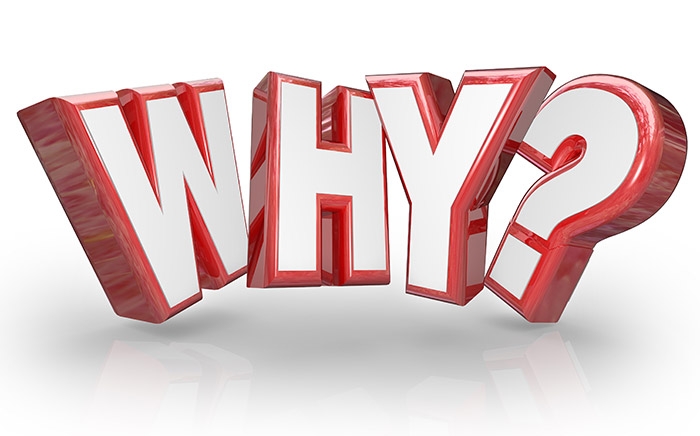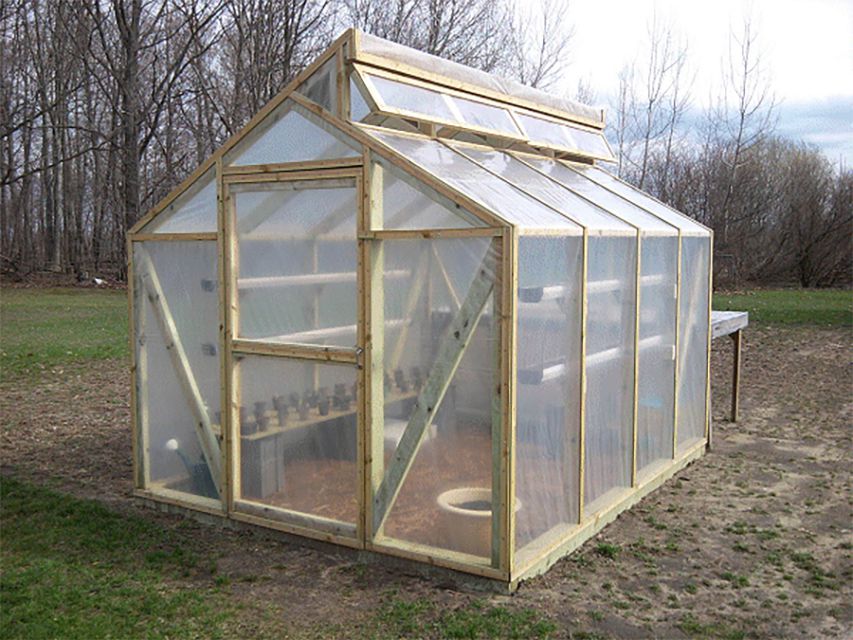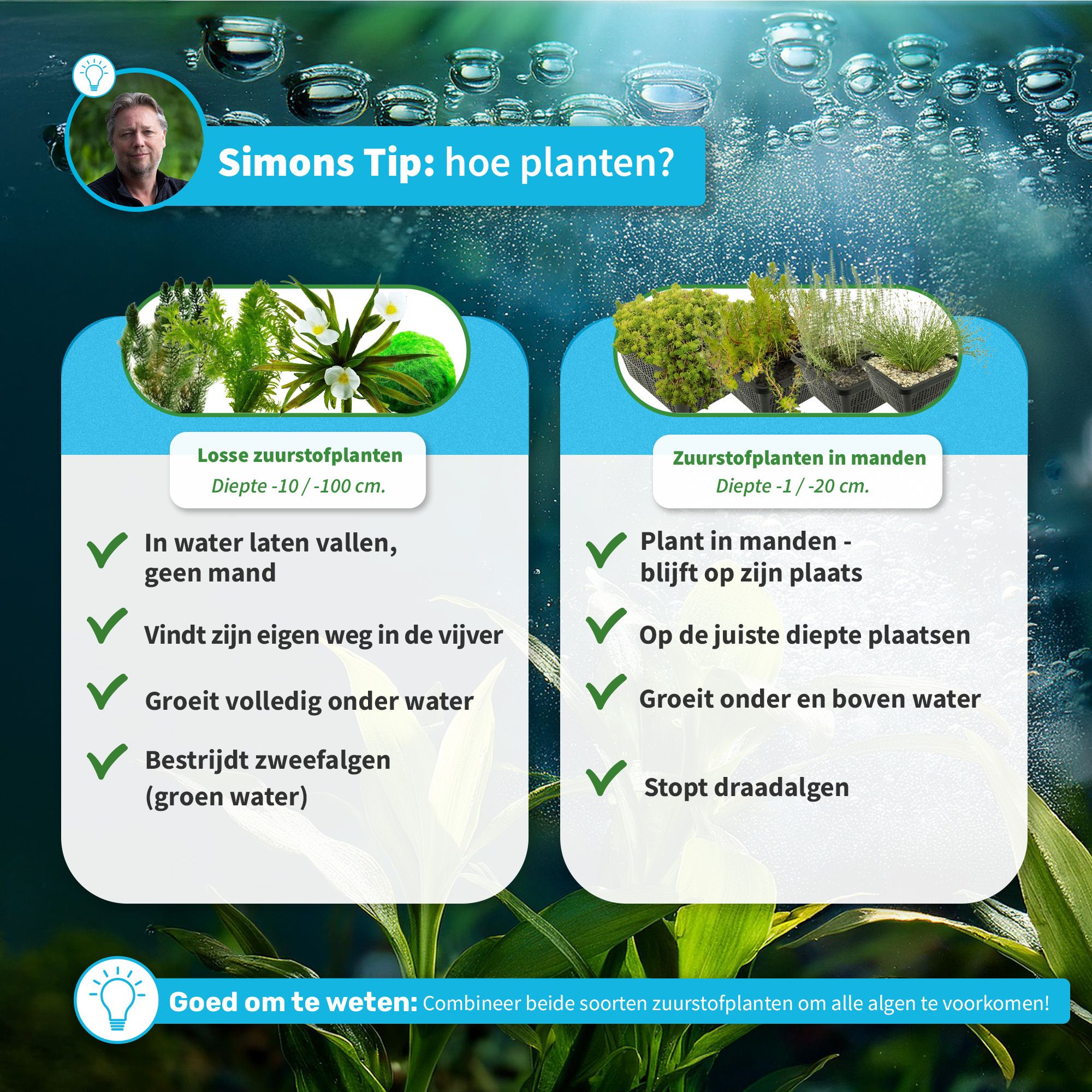How Long Does Food Coloring Last? Shelf Life, Storage, and Safe Use Explained
Understanding Food Coloring Shelf Life
Food coloring is a staple in many kitchens, used to brighten baked goods, confections, and even drinks. If you’ve ever found a bottle or jar tucked away at the back of your pantry and wondered, “Does food coloring go bad?” you’re not alone. The answer is nuanced: while food coloring rarely spoils in the traditional sense, its quality and effectiveness can change over time.
Why Food Coloring Has Expiration Dates
Manufacturers are required by law to print expiration or best-by dates on food products, including food coloring, even if the contents are unlikely to spoil. These dates are intended as guidelines for peak quality, not strict indicators of safety. Unlike perishable items, food coloring-especially synthetic varieties-does not contain proteins, fats, or moisture that typically lead to spoilage [1] .
The main reason for expiration dates is to help consumers rotate stock and ensure the best possible results when using the product. Over time, food coloring may lose potency, leading to less vibrant colors or changes in consistency [2] .

Source: gyngenyeestudyquizz.z14.web.core.windows.net
Do Artificial Food Colorings Go Bad?
Artificial food colorings-whether liquid, gel, or powder-are formulated to last for years. They do not harbor bacteria or fungi as they lack water and organic nutrients that spoil. In most cases, unopened bottles can last almost indefinitely. Once opened, artificial food coloring is best used within 2-4 years for maximum color strength, though it may still be safe and functional beyond that period [2] .
The biggest risk is a decline in vibrancy or a change in texture. For example, gel colorings may dry out or harden, and liquids may thicken or separate. If you notice such changes, or if the product develops a foul odor or visible mold, it’s best to discard it [3] .
How to Tell If Food Coloring Has Gone Bad
Because food coloring doesn’t spoil like milk or bread, it’s important to use your senses when assessing quality. Here are signs your food coloring may be past its prime:
- Color Fading: If the color is dull or faded, the dye may have lost its potency.
- Texture Changes: Gels that have hardened, powders that clump, or liquids that have separated may not mix well and can affect your results.
- Unusual Odor or Mold: Any foul smell or visible mold means the product should be discarded immediately.
If none of these issues are present, the food coloring is generally safe to use, even if it’s past the printed date [2] .
Homemade and Natural Food Colorings
Homemade or natural food coloring is more susceptible to spoilage than artificial types, as it often contains ingredients like fruit or vegetable juices. These can harbor bacteria and spoil within a few weeks, especially if not refrigerated.
For best results with homemade food coloring:
- Store in a sealed, labeled container in the refrigerator.
- Use within 1-2 weeks for optimal freshness and safety.
- Always check for signs of spoilage, including mold, off odors, or changes in texture.
If you’re unsure about your homemade food coloring’s safety, it’s better to make a fresh batch. For additional guidance on safe food handling and storage, consult resources provided by the United States Department of Agriculture (USDA) or Food Safety and Inspection Service (FSIS). You can search for “USDA food safety basics” or visit the official FSIS website for comprehensive information [4] .

Source: sponglish.com
Practical Storage Tips for Food Coloring
Proper storage can maximize the shelf life and quality of your food coloring. Here’s how to keep it at its best:
- Store bottles tightly sealed, away from light and heat sources.
- Label homemade colorings with the date made and ingredients used.
- For powders and gels, keep moisture out to prevent clumping.
- If using droppers or brushes, ensure they are clean to avoid contaminating the bottle.
Following these tips helps maintain both safety and color intensity. If you ever doubt the integrity of your food coloring, err on the side of caution and replace it.
Using Food Coloring After the Expiration Date
It’s common to discover food coloring that’s past its expiration date. In most cases, especially for synthetic types, it can still be used for food projects if it looks, smells, and performs as expected. The main drawback is reduced color intensity, which may require you to use more product to achieve the desired result [1] .
If you’re preparing food for someone with allergies or sensitivities, or if the coloring will be used in a professional or commercial context, it’s best to use fresh product. For non-edible uses, such as crafts or decorations, older food coloring is almost always safe to use, provided it shows no signs of spoilage [3] .
Alternatives and Creative Uses for Old Food Coloring
If your food coloring is past its prime but not spoiled, consider using it for non-food crafts such as:
- Homemade playdough or slime
- Dyed Easter eggs or paper crafts
- Science projects or classroom activities
Just be sure to supervise young children and avoid consumption if the coloring appears questionable.
Step-by-Step: How to Check and Safely Use Food Coloring
- Inspect the Container: Look for any cracks, leaks, or dried product around the cap.
- Examine the Coloring: Squeeze or pour a small amount. Look for normal color, texture, and no visible separation or mold.
- Smell Test: If there’s any foul or off odor, discard immediately.
- Test the Color: Mix a drop into water or a small amount of frosting. If the color is weak or uneven, consider replacing it.
- Store Properly: Reseal tightly and keep in a cool, dark place for future use.
If at any point you are unsure about the safety of your food coloring, you can consult reputable food safety guides or reach out to the manufacturer for clarification. For commercial brands, customer service contact information is usually found on the packaging or on the official company website.
Summary and Key Takeaways
In summary, most food coloring-especially artificial varieties-does not go bad in the traditional sense, but it can lose potency, change in texture, or develop off odors if stored improperly or for many years. Natural or homemade colorings have a much shorter shelf life and should always be stored in the refrigerator and used within a couple of weeks. Always check for signs of spoilage before use, and when in doubt, it’s safest to replace old food coloring. For authoritative food safety guidance, refer to the USDA or FSIS official resources, or consult the manufacturer’s website for specific product recommendations.
References
MORE FROM hotondeals.com













